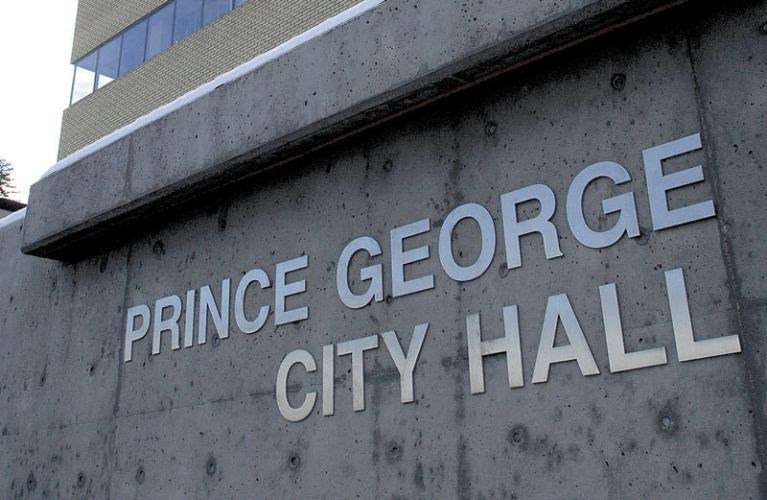The cost of living in a so-called infill neighbourhood is significantly lower when compared to a household located in a newly-expanded area of the city, according to a software package the city has participated in developing.
In a presentation to city council on Monday night, sustainable community development manager Tina Schaeffer showcased the Community Lifecycle Infrastructure Costing (CLIC) tool.
It can be used to estimate the cost of various development scenarios over a 100-year period and the numbers provided made a case for choosing a home in an infill neighbourhood over one on the city's outskirts, not only in terms of the amount of property taxes and user charges paid to the city but also in terms of "private and external costs" such as heating and driving.
A household in an infill or medium-density location will pay $4,361 per year in property taxes and user fees, $460 less than in a "greenfield" or low density neighbourhood.
The difference on that level is due largely to the lower cost of extending services to homes in infill neighbourhoods.
When home energy costs and driving costs, as well as the likelihood of getting into a collision and costs associated with air pollution and climate change are taken into account, the difference rises to $3,868 per year, with the household in a low-density neighbourhood footing $23,819 per year, 19.4 per cent higher than an infill household pays.
Schaeffer also provided a brief history of the city's development.
Based on the pace of growth in the 1970s and 1980s, it was expected that the city would be home to 135,000 people by 2016. As of midway through that year it stood at about 74,000.
With the amalgamation of the Hart in 1975, the city's land area grew seven-fold to 318 square kilometres. It's led to "a lot of sprawled development," Schaeffer said.
The city is also facing the growing task of repairing and replacing infrastructure - civic facilities, roads, water, storm and sanitary services - dating back to the 1950s, '60s and '70s, she added. Prince George is not alone.
"Historically, North American communities haven't fully considered a full life-cycle costing approach and didn't necessarily fully recover the costs and the fees," Schaeffer said.
The tool should help the city avoid that problem, council was told.
"It kind of looks at that front-end decision making," Schaeffer said. "Before we take the assets on, what are some of the costs associated to that?"
She credited the Ministry of Municipal Affairs and Housing for leading the charge on developing CLIC. Prince George was one of six municipalities that participated in the project.
Schaeffer's presentation left council members in an upbeat mood. The tool should help the city land grants from the federal and provincial governments to pay for infrastructure upgrades, Coun. Murry Krause said.
"I'm glad that we're out in front of it," he said.



